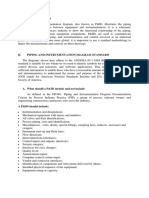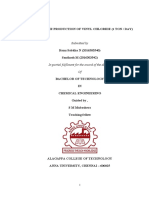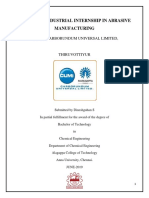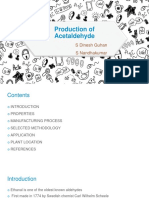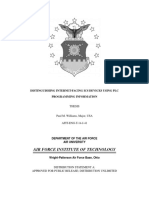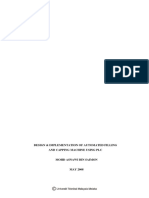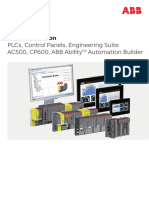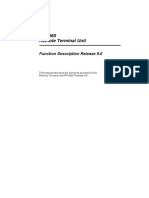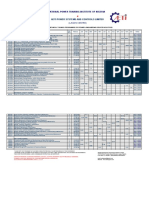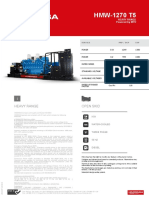100% found this document useful (2 votes)
401 views42 pagesNotes Process Diagram
The document is a technical presentation on piping and instrumentation diagrams (P&IDs). It discusses that P&IDs are schematic diagrams that show the piping, equipment, and instrumentation of a chemical process. The presentation covers the purpose and components of P&IDs, including equipment, piping, and instrument symbology used to represent components according to established standards and codes. It also discusses how P&IDs are used in applications like design, operation, and maintenance of chemical plants.
Uploaded by
Dinesh guhanCopyright
© © All Rights Reserved
We take content rights seriously. If you suspect this is your content, claim it here.
Available Formats
Download as PDF, TXT or read online on Scribd
100% found this document useful (2 votes)
401 views42 pagesNotes Process Diagram
The document is a technical presentation on piping and instrumentation diagrams (P&IDs). It discusses that P&IDs are schematic diagrams that show the piping, equipment, and instrumentation of a chemical process. The presentation covers the purpose and components of P&IDs, including equipment, piping, and instrument symbology used to represent components according to established standards and codes. It also discusses how P&IDs are used in applications like design, operation, and maintenance of chemical plants.
Uploaded by
Dinesh guhanCopyright
© © All Rights Reserved
We take content rights seriously. If you suspect this is your content, claim it here.
Available Formats
Download as PDF, TXT or read online on Scribd
/ 42



























































